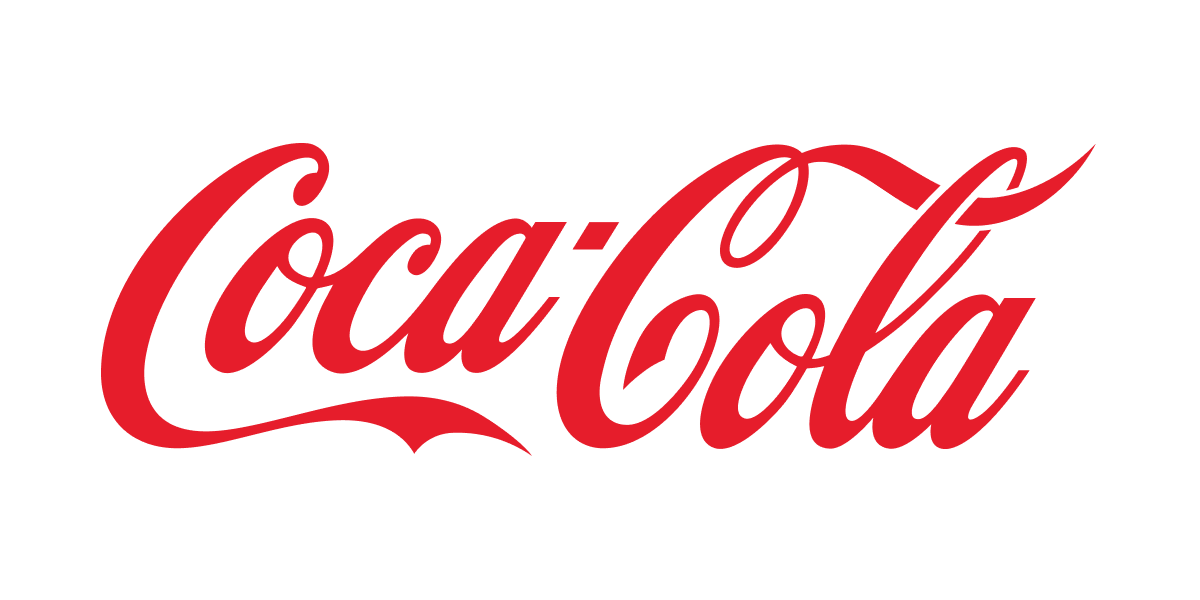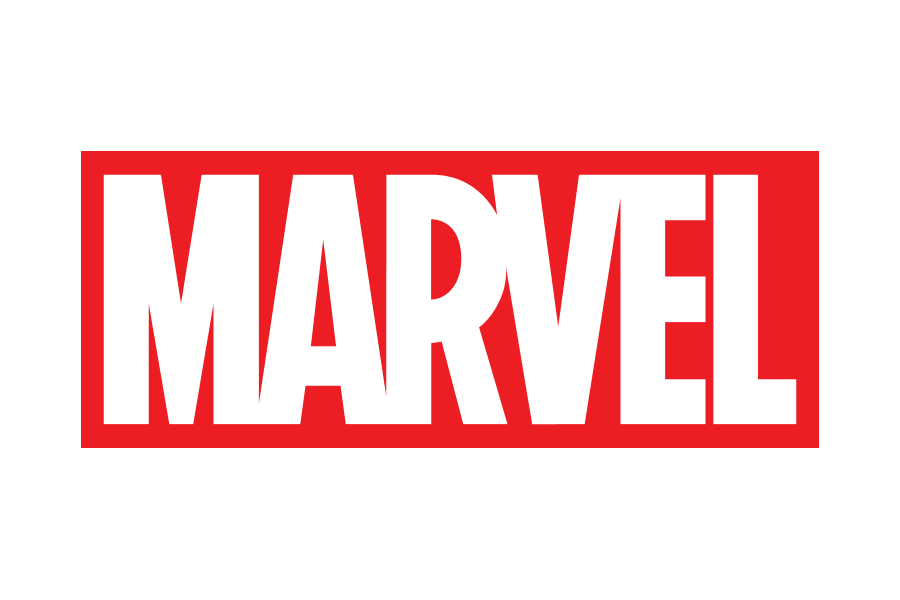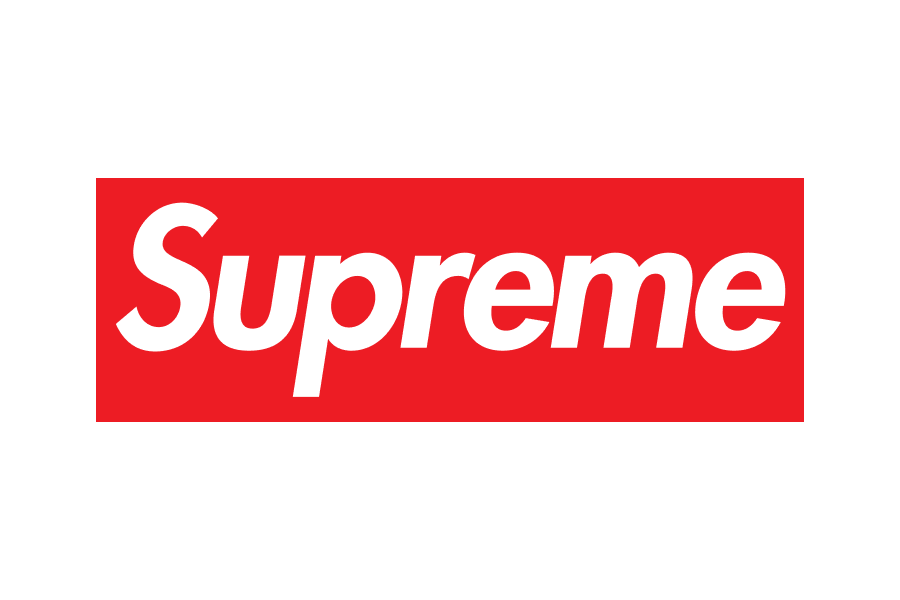
Chapter 2: Brand Standards
Brand Standards
Lesson 1 of 6
Make sure your design gives you what you paid for.
Whether your brand has a well-established visual identity or you and your designer are creating a new one from scratch, you need to have a solid understanding of how to implement brand standards. While most people are at least loosely familiar with this concept—we all recognize the Target logo and know that their dominant brand colors are red and white—few people outside the design world spend much thought on what constitutes a brand identity and the stakes of adhering to every aspect of that identity with unrelenting specificity.
A thorough understanding of brand standards is fundamental to ensuring...
Your brand looks professional
Your materials are consistent
Your designs represent your message and values.
Your designs look good
You build brand recognition
You actually get a return on the investment you make in your branding
Implementing your brand standards incorrectly will…
Make your brand look unprofessional
Confuse your audience
Cloud your message and values
Make you look like a knockoff (of yourself!)
Threaten the quality of your designs
Keep you from building brand equity
Undermine your existing brand equity
Throw away the investment you make in your brand design
We don't need to look hard to find examples of this principle in action. Think, for example, of how many brands use red and white as their primary colors—not just Target but Coca-Cola, CNN, Tesla, Marvel, Supreme, YouTube, and thousands more. These comprise some of the most iconic brands on earth, but it would be extremely confusing if each of these brands did not fully commit to their exact shade of red and the other distinctive elements of their brand design.
In this chapter, we will explore the world of brand standards — what elements you need, how to use them, what they mean to you and your brand, and how and when to deviate from them. With this knowledge, you will be empowered to work with your design team to create consistent visual elements, building and/or strengthening an instantly recognizable identity.






